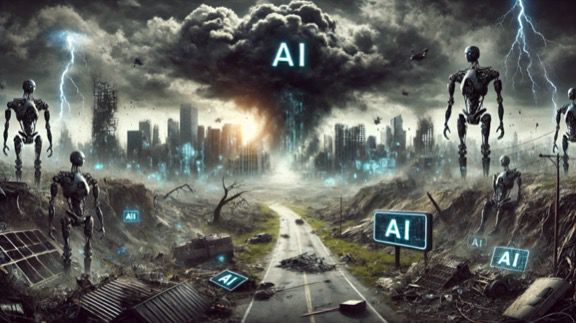As artificial intelligence eliminates traditional roles at unprecedented speed, experts debate whether this technological revolution will ultimately create chaos or opportunity for the future workforce.
In what economists are calling the fastest workforce transformation in history, artificial intelligence is rapidly displacing workers across multiple sectors, creating immediate chaos in the job market while raising urgent questions about whether this technology will ultimately prove destructive or transformative for the next generation.
The Next Generation: Born into an AI World
For today’s children and young students, the AI revolution presents both unprecedented opportunities and significant challenges. Educational experts are divided on whether this generation will inherit a world of technological abundance or face intensified competition for fewer traditional jobs.
“The students entering kindergarten this fall will graduate into a job market we can barely imagine,” said Dr. Samantha Lee, an education futurist at Stanford University. “Roughly 65% of the jobs they’ll eventually hold don’t exist today. The question isn’t whether AI will take jobs—it’s what new human-AI collaborative roles will emerge.”
Some see a potential boom. The demand for AI specialists, prompt engineers, machine learning ethicists, and technology integration managers is exploding. Vocational schools and coding bootcamps report waiting lists for their AI-related programs.
The Great Divide: Education and Access
The potential chaos lies in the distribution of opportunity. Experts warn that the AI revolution could dramatically widen inequality between those with access to AI education and technology and those without.
“We’re creating a two-tier society,” warned economist Marcus Johnson. “On one side, the AI-fluent who command high salaries designing and managing these systems. On the other, everyone else competing for service jobs that can’t be automated—at least not yet.”
Schools in affluent districts are already incorporating AI literacy into their curricula, while underserved communities struggle with basic technology access. This educational divide threatens to cement existing socioeconomic disparities.
The Path Forward: Adaptation or Obsolescence?
As the debate continues, one consensus is emerging: the future belongs not to those who compete against AI, but to those who learn to collaborate with it.
“The chaos we’re seeing today is the painful but necessary transition between economic eras,” said technology historian Dr. Amanda Price. “The Industrial Revolution created similar disruption, but ultimately raised living standards. The question is how we manage this transition to ensure the AI revolution benefits the many, not just the few.”
For the next generation, the message is clear: adaptability, continuous learning, and technological fluency will be the currencies of success in an AI-dominated workforce. Whether this proves to be chaotic or revolutionary may depend on how quickly educational systems, government policies, and corporate practices can evolve to meet this new reality.
